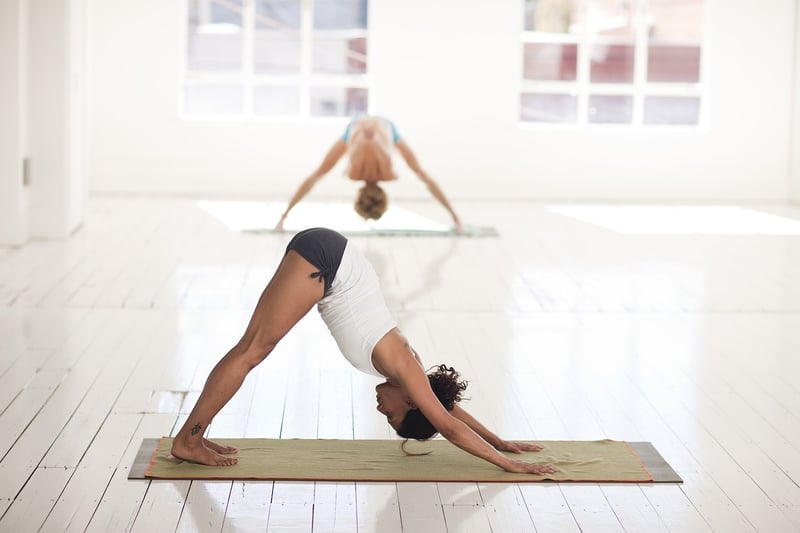Restorative Practice
Physical and Mental Balance through Movement + Restorative Practice

In today's fast-paced world, finding a balance between physical activity and mental well-being is crucial for overall health. Integrating movement and restorative practices into your routine can help you achieve this harmony. Let's explore how combining these two elements can lead to a healthier and more balanced lifestyle.
The Power of Movement
Engaging in regular physical activity not only benefits your body but also has a profound impact on your mental health. Exercise releases endorphins, the feel-good hormones, which can help reduce stress, anxiety, and depression. Whether it's a brisk walk, a yoga session, or a high-intensity workout, movement can boost your mood and improve your overall well-being.
Additionally, regular exercise can enhance your physical strength, flexibility, and cardiovascular health. It can help you maintain a healthy weight, reduce the risk of chronic diseases, and improve your quality of life. Finding an activity that you enjoy is key to staying motivated and making exercise a sustainable part of your routine.
The Importance of Restorative Practice
While movement is essential, so is rest and recovery. Restorative practices such as yoga, meditation, deep breathing exercises, and mindfulness can help calm the mind, reduce stress, and promote relaxation. These practices encourage you to slow down, be present in the moment, and listen to your body's needs.
Restorative practices can improve your sleep quality, enhance your focus and concentration, and boost your resilience to life's challenges. Taking time to rest and recharge is not a luxury but a necessity for maintaining a healthy balance between your physical and mental well-being.
Integrating Movement and Restorative Practices
Combining movement with restorative practices can create a holistic approach to health and wellness. Alternating between dynamic activities that energize you and calming practices that relax you can help you strike a balance that suits your body and mind.
Consider starting your day with a morning workout to invigorate your body and mind. Follow it up with a restorative yoga session in the evening to unwind and de-stress. Listen to your body's cues and adjust your routine as needed to ensure you are meeting both your physical and mental needs.
Conclusion
By incorporating both movement and restorative practices into your lifestyle, you can achieve a sense of physical and mental balance that enhances your overall well-being. Whether it's breaking a sweat during a workout or finding stillness through meditation, prioritizing both aspects is key to leading a healthier and more fulfilling life.
Take the time to explore different activities, listen to your body, and make self-care a priority. Remember, finding balance is a journey, so be patient with yourself as you navigate the path to a healthier and happier you.
